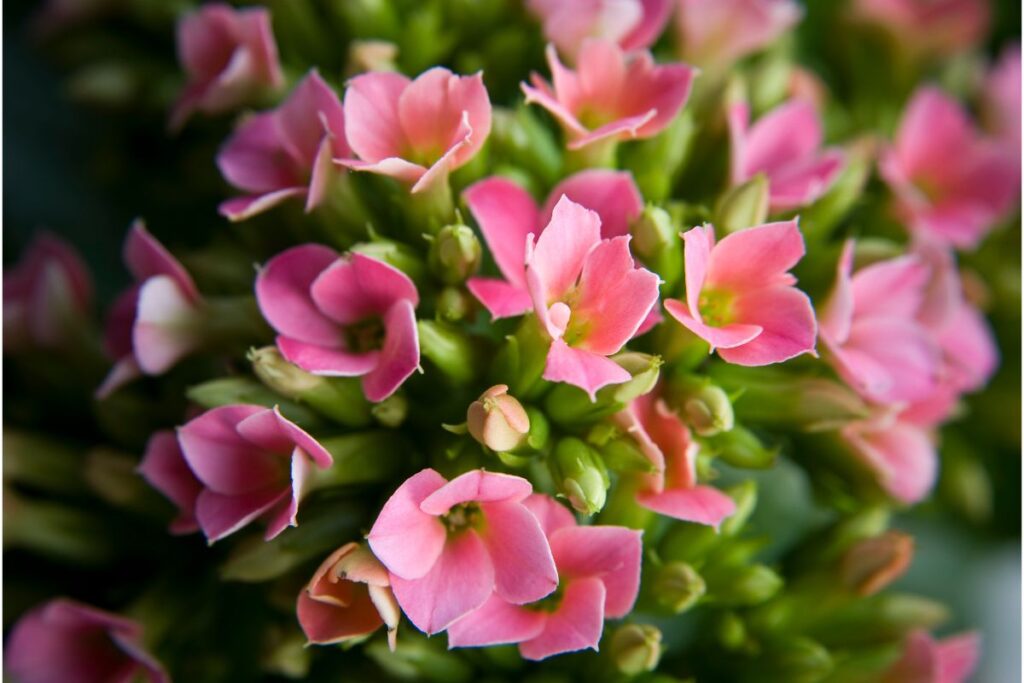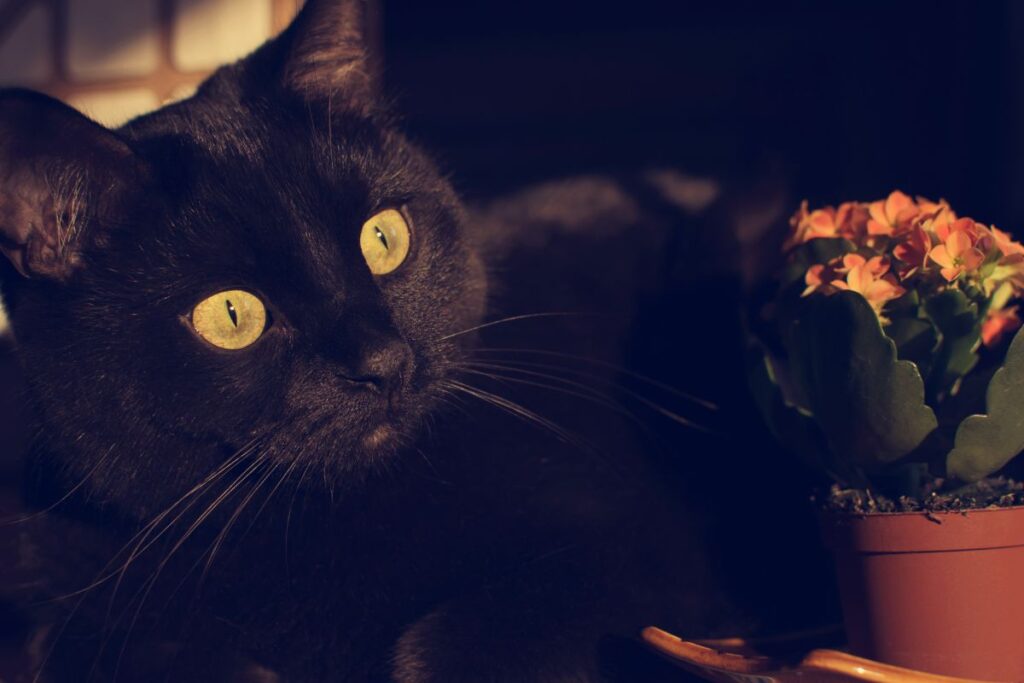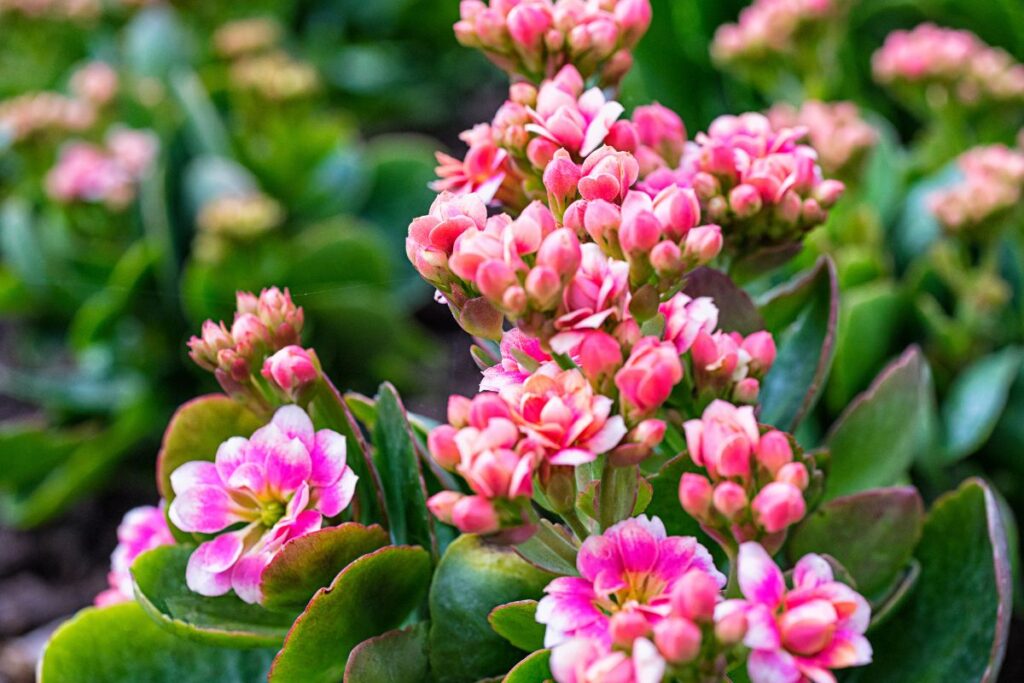The Shocking Truth About Kalanchoe Toxicity for Cats
As a cat parent, you’re always on the lookout for potential dangers to your furry friend. From strings and ribbons to toxic human foods, it seems like everything is a threat to your curious kitty. But what about that gorgeous flowering plant sitting on your windowsill? The one with the thick, fleshy leaves and vibrant blooms? Surely that innocent-looking succulent can’t be harmful, right? Wrong! That pretty plant is actually toxic to cats, and it goes by the name…Kalanchoe.
Gasp! I know, I was shocked too when I found out. But don’t panic just yet. Let’s dive into the shocking truth about Kalanchoe toxicity for cats and what you need to know to keep your feline safe.

Contents
The Deets on This Dangerous Houseplant
Originally from the lush landscapes of Madagascar, Kalanchoe is a genus of succulent plants that are a popular choice for home and garden decor. With their eye-catching blooms and low-maintenance care, it’s no wonder these plants have become a household staple. But behind their pretty petals lies a sinister secret – Kalanchoe contains toxic compounds that can wreak havoc on your cat’s health.
Every part of the Kalanchoe plant, from the leaves and stems to the flowers and sap, is poisonous to our feline friends. And let’s be real, cats are curious creatures with a knack for getting into things they shouldn’t. So, having one of these toxic beauties within reach of your kitty is like leaving a ticking time bomb in your living room.
Paw-sitively Poisonous: Symptoms to Watch Out For

If your cat decides to snack on your Kalanchoe plant (and let’s be honest, they probably will), you’ll need to act fast. Symptoms of Kalanchoe poisoning in cats can range from mild to severe, and may include:
- Vomiting and diarrhea (a not-so-fun surprise to find on your carpet)
- Loss of appetite (which means no more begging for treats)
- Lethargy and depression (so long, zoomies)
- Excessive drooling (get ready for a wet cleaning session)
- Difficulty breathing (this is serious, folks)
If you notice any of these signs, it’s time to rush your furry friend to the vet ASAP.
Treatment Time: How to Help Your Poisoned Kitty
Don’t worry, even if your cat has ingested Kalanchoe, all hope is not lost. With prompt treatment, most cats can make a full recovery. Here’s what you can expect at the vet:
- Inducing vomiting to remove any remaining plant material from your cat’s system.
- Administering activated charcoal to absorb any lingering toxins.
- Providing supportive care, such as fluids and medications to manage symptoms.
The key is acting quickly and getting your cat the medical attention they need. The sooner you seek treatment, the better their chances of a full recovery.

Keeping Your Cat Safe: Tips and Tricks
Now that you know the shocking truth about Kalanchoe toxicity for cats, you’re probably wondering how to keep your feline friend safe. Here are some tips to help you out:
- Ditch the Kalanchoe: If you have any of these plants in your home, it’s best to remove them entirely or relocate them to a cat-proof area.
- Choose pet-friendly plants: There are plenty of non-toxic houseplants out there that are safe for curious cats. Do your research before bringing any new greenery into your home.
- Create a cat-free zone: If you can’t part with your Kalanchoe, designate a room or area of your home as a plant sanctuary and keep your cat out of it.
- Supervise playtime: When your cat is out and about, keep a watchful eye on them to ensure they’re not snacking on any plants they shouldn’t.
Remember, an ounce of prevention is worth a pound of cure (or in this case, a whole lot of cat vomit and vet bills).
So, there you have it – the shocking truth about Kalanchoe toxicity for cats. While these plants may be beautiful, they’re definitely not worth risking your furry friend’s health. Keep your kitty safe, and if you suspect they’ve ingested something they shouldn’t have, don’t hesitate to seek professional help. Your cat’s life could depend on it!
